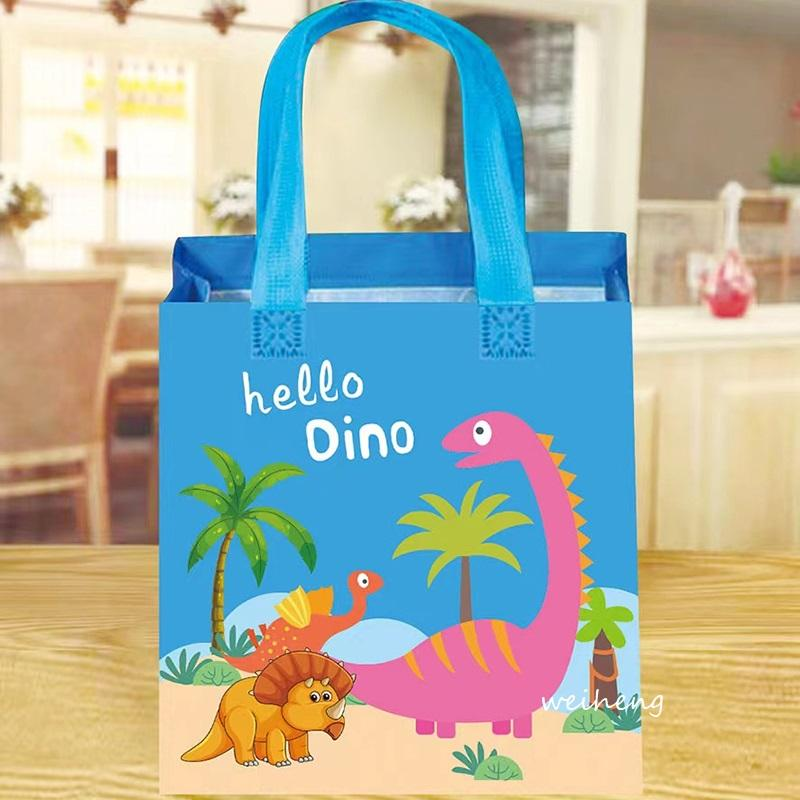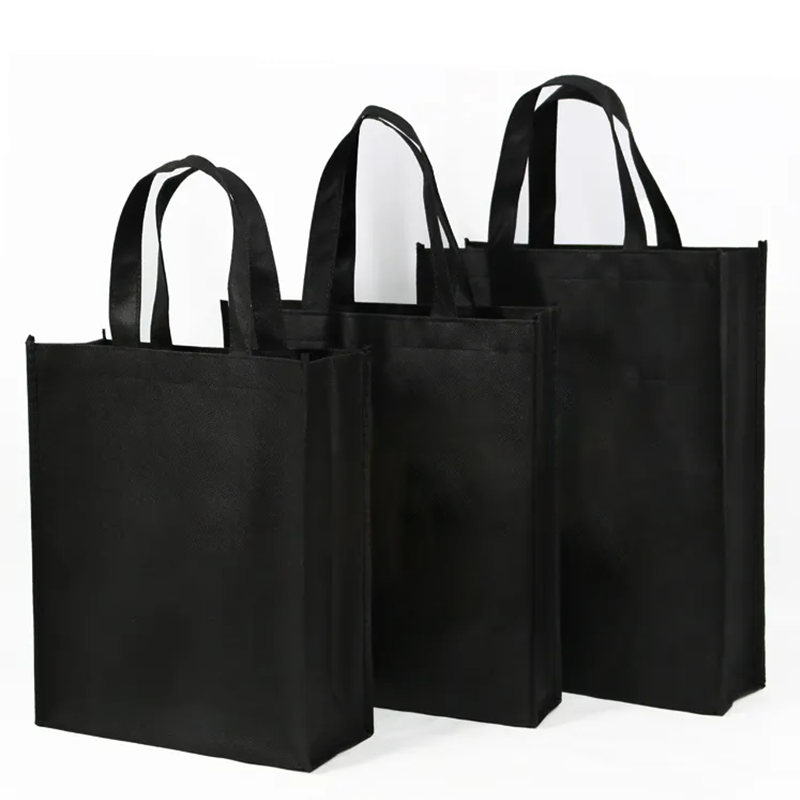The Rise of Eco-Conscious Business Solutions
The retail landscape is undergoing a dramatic transformation as environmental consciousness reshapes consumer expectations. Sustainable shopping bags have emerged as a crucial element in this shift, representing far more than just a means to carry purchases. They embody a commitment to environmental stewardship that modern businesses cannot afford to ignore. From small boutiques to major retail chains, the adoption of eco-friendly packaging solutions has become a defining feature of forward-thinking enterprises.
In today's market, consumers are increasingly making purchasing decisions based on a company's environmental impact. The humble shopping bag, once an afterthought in the retail experience, now serves as a powerful statement of a business's values and commitment to sustainability. This shift reflects a broader understanding of how small changes in business practices can contribute to significant environmental benefits.
Environmental Impact and Business Benefits
Reducing Carbon Footprint Through Smart Materials
The environmental advantages of sustainable shopping bags extend far beyond their basic function. Made from materials like organic cotton, recycled polyester, or biodegradable alternatives, these bags significantly reduce the carbon footprint associated with traditional plastic bags. Each sustainable bag in circulation potentially prevents hundreds of single-use plastic bags from entering landfills or marine ecosystems.
Modern sustainable materials have evolved to offer durability comparable to or exceeding that of conventional options. This advancement means businesses can provide reliable, eco-friendly alternatives without compromising on functionality. The long-term environmental impact becomes even more favorable when considering the extended lifespan of these materials.
Cost-Effectiveness in the Long Term
While the initial investment in sustainable shopping bags may be higher than traditional options, the long-term financial benefits are compelling. Businesses often find that the durability of these bags reduces the frequency of replacement orders. Additionally, many jurisdictions now impose fees or restrictions on single-use plastics, making sustainable alternatives increasingly cost-competitive.
The economic advantage extends to customer loyalty and brand perception. Consumers are often willing to pay a premium for products from environmentally responsible businesses, making sustainable packaging a valuable investment in customer relationships and brand equity.

Brand Identity and Marketing Potential
Creating a Memorable Brand Experience
Sustainable shopping bags offer unique opportunities for brand differentiation. Their design and material quality can reflect a company's commitment to excellence while communicating environmental values. Many businesses are discovering that these bags serve as walking advertisements, with customers proudly reusing them for various purposes long after their initial purchase.
The visual and tactile appeal of well-designed sustainable bags enhances the overall shopping experience. When customers receive their purchases in high-quality, eco-friendly packaging, it adds value to their interaction with the brand and increases the likelihood of repeat business.
Social Media and Word-of-Mouth Marketing
In the age of social media, sustainable shopping bags can become powerful marketing tools. Customers often share photos of attractive, eco-friendly packaging, providing businesses with organic marketing opportunities. This user-generated content helps build brand awareness and reinforces the company's environmental credentials.
The storytelling potential of sustainable bags extends beyond their environmental benefits. Businesses can use them to communicate their brand heritage, values, and commitment to innovation, creating deeper connections with their customer base.
Implementation Strategies for Businesses
Choosing the Right Materials and Designs
Selecting appropriate sustainable shopping bags requires careful consideration of various factors. The choice of materials should align with both environmental goals and practical requirements. Options range from organic cotton and hemp to innovative materials made from recycled ocean plastics or agricultural waste.
Design considerations should balance aesthetic appeal with functionality. The bags need to be sturdy enough for their intended use while maintaining visual appeal that reflects the brand's identity. Many businesses find success with minimalist designs that emphasize their environmental message.
Staff Training and Customer Education
Successful implementation of sustainable shopping bags requires proper staff training. Employees should understand the environmental benefits and be able to communicate these effectively to customers. This knowledge helps transform the bags from simple carrying solutions into conversation starters about sustainability.
Customer education plays a crucial role in maximizing the impact of sustainable bags. Clear communication about proper care and reuse can extend the life of the bags and reinforce the environmental message. Many businesses find success in creating engaging educational materials about their sustainable packaging initiatives.
Future Trends and Innovations
Emerging Technologies in Sustainable Materials
The field of sustainable materials continues to evolve rapidly. New innovations include bags made from mushroom leather, seaweed-based materials, and advanced recycling technologies that transform waste into high-quality packaging solutions. These developments are making sustainable shopping bags increasingly versatile and cost-effective.
Research into biodegradable materials is yielding promising results, with new options that combine durability during use with complete biodegradability at end-of-life. These innovations are likely to reshape the sustainable packaging landscape in coming years.
Policy Changes and Market Evolution
Legislative trends worldwide indicate growing support for sustainable packaging solutions. Many regions are implementing stricter regulations on single-use plastics, creating additional incentives for businesses to adopt sustainable alternatives. Forward-thinking companies are positioning themselves ahead of these regulatory changes.
Market dynamics suggest that sustainable shopping bags will become increasingly mainstream, with economies of scale driving down costs and improving accessibility for businesses of all sizes. Early adopters are likely to gain competitive advantages as this transition accelerates.
Frequently Asked Questions
What makes shopping bags truly sustainable?
Sustainable shopping bags are characterized by their environmental impact throughout their lifecycle. This includes the use of renewable or recycled materials, ethical production processes, durability for multiple uses, and end-of-life biodegradability or recyclability. The most sustainable options consider both material sourcing and disposal impact.
How do sustainable bags impact customer perception?
Research shows that sustainable shopping bags significantly influence customer perception of a brand. They demonstrate environmental responsibility, often leading to increased customer loyalty and positive brand association. Many customers view sustainable packaging as a key factor in their purchasing decisions.
What is the return on investment for sustainable shopping bags?
While sustainable bags may have higher upfront costs, businesses typically see returns through reduced bag replacement needs, increased customer loyalty, positive brand perception, and compliance with environmental regulations. The marketing value and potential for customer retention often justify the initial investment.




